I got a problem I don't really understand.
I have a .bin-File with a timeseries of signals and noise in it. I have the exact timedata, to cut out only the interesting parts.
My problem is that sometimes the amplitudes are way to high, and sometimes they are like expected. I think I broke down the problem to the following:
sampling_rate = 2e6
dt = np.dtype(np.int32)
# get Timedata
start_raw_L1 = 261.2 # good_signal
count_raw_L1 = 1.315
# start_raw_L1 = 261.4 bad_signal
# count_raw_L1 = 1.315
start_L1 = np.int64(start_raw_L1*sampling_rate*4)
count_L1 = np.int64(count_raw_L1 * sampling_rate)
# L1
bin_data = open(bin_file, "rb")
bin_data.seek(start_L1, os.SEEK_SET)
data_L1 = np.fromfile(bin_data, dtype=dt, count=count_L1, sep='')
bin_data.close()
# Plot
plt.plot(data_L1)
So it looks like that it matters a lot which time I choose? If I just change the start time a little bit, the signal changes in the amplitude height, I dont get why? Maybe someone can help me out.
Thanks a lot! Best regards Bastian
good_signal bad_signal
bad_signal